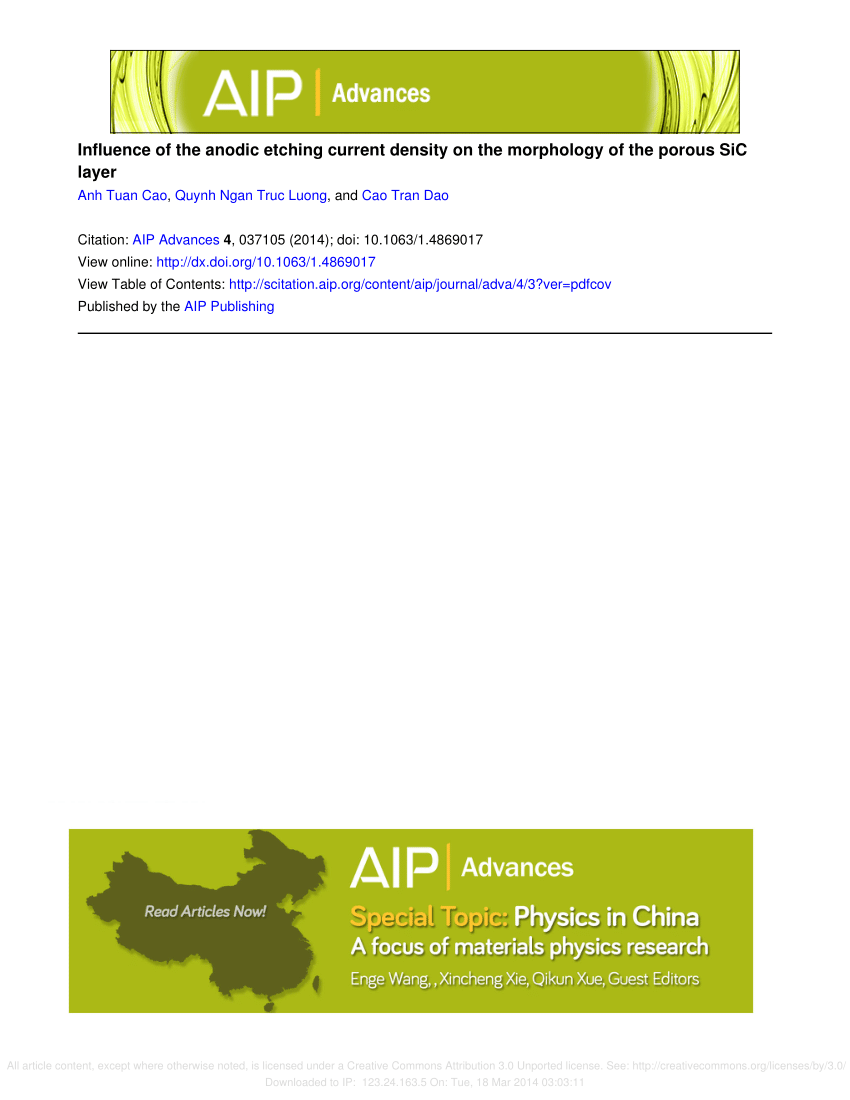C4F7N/CO2 气体与不同金属材料的分解特性及影响机理
IF 1.4
4区 物理与天体物理
Q4 MATERIALS SCIENCE, MULTIDISCIPLINARY
引用次数: 0
摘要
C4F7N/CO2 混合气体作为主要的新型环保气体绝缘介质,目前已广泛应用于环网开关柜等气体电气设备中。本文搭建了模拟气体介质局部放电的试验平台,研究了 C4F7N/CO2 混合气体在不锈钢、紫铜、钨铜和铝合金四种不同金属电极材料下悬浮电位放电时的分解特性。结果表明,在悬浮放电过程中,C4F7N/CO2 混合气体的主要分解产物是 CO、CF4、C4F8、C3F8、C3F6、CF3CN 和 C2F4 气体,它们与金属材料无关。总体而言,当金属电极材料为不锈钢时,C4F7N/CO2 混合气体产生的分解产物量最高;当金属电极材料为铝合金时,C4F7N/CO2 混合气体产生的分解产物量最少,两种金属材料之间某些分解产物的含量差异高达 70%。随着气体压力的增加,C4F7N/CO2 混合气体的分解产物逐渐减少。最后,从气体分子间电荷转移和分子结构特征等微观角度分析了不同金属材料对 C4F7N/CO2 混合气体分解过程的影响机理。总之,研究成果可为环保气体保温设备的设计、选型和优化提供技术参考。本文章由计算机程序翻译,如有差异,请以英文原文为准。
Decomposition characteristics and influencing mechanisms of C4F7N/CO2 gas with different metal materials
C4F7N/CO2 gas mixture, as the main new environmentally friendly gas insulation medium, is now being widely used in the ring network switchgear and other gas electrical equipment. In this paper, a test platform was constructed to simulate partial discharge in a gas medium, the decomposition characteristics of the C4F7N/CO2 gas mixture during suspended potential discharge were studied under four different metal electrode materials: stainless steel, purple copper, tungsten copper, and aluminum alloy. The results show that the main decomposition products of the C4F7N/CO2 gas mixture during suspended discharge are CO, CF4, C4F8, C3F8, C3F6, CF3CN, and C2F4 gases, which are independent of the metal material. On the whole, when the metal electrode material is stainless steel, the highest amount of decomposition products are generated from the C4F7N/CO2 gas mixture; when the metal electrode material is aluminum alloy, the amount of decomposition products produced by C4F7N/CO2 gas mixture is the least, and the content difference of some decomposition products between these two metal materials is as high as 70%. The decomposition products of the C4F7N/CO2 gas mixture decreased gradually with the increase in the gas pressure. Finally, the influence mechanism of different metal materials on the decomposition process of the C4F7N/CO2 gas mixture was analyzed from the microscopic perspectives of charge transfer between gas molecules and molecular structural characteristics. In general, the research results can provide technical reference for the design, selection, and optimization of environmental protection gas insulation equipment.
求助全文
通过发布文献求助,成功后即可免费获取论文全文。
去求助
来源期刊

AIP Advances
NANOSCIENCE & NANOTECHNOLOGY-MATERIALS SCIENCE, MULTIDISCIPLINARY
CiteScore
2.80
自引率
6.20%
发文量
1233
审稿时长
2-4 weeks
期刊介绍:
AIP Advances is an open access journal publishing in all areas of physical sciences—applied, theoretical, and experimental. All published articles are freely available to read, download, and share. The journal prides itself on the belief that all good science is important and relevant. Our inclusive scope and publication standards make it an essential outlet for scientists in the physical sciences.
AIP Advances is a community-based journal, with a fast production cycle. The quick publication process and open-access model allows us to quickly distribute new scientific concepts. Our Editors, assisted by peer review, determine whether a manuscript is technically correct and original. After publication, the readership evaluates whether a manuscript is timely, relevant, or significant.
 求助内容:
求助内容: 应助结果提醒方式:
应助结果提醒方式:


